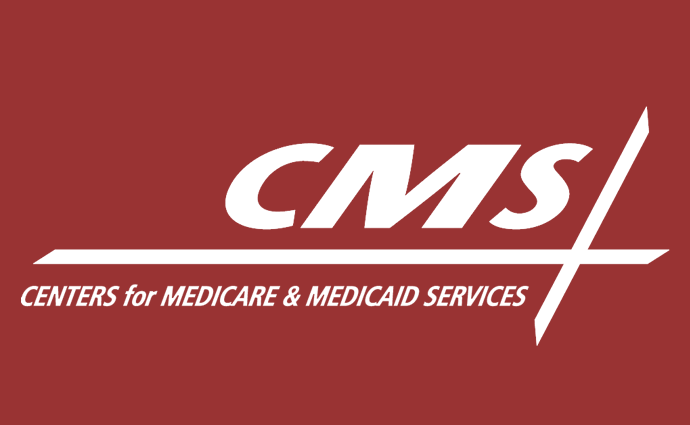New Drug Pricing Model Could Save Medicare Part B $17.2 Billion
CMS estimates nearly $17.2 billion in Medicare Part B savings over five years by implementing a new international-based drug pricing model.

Source: Centers for Medicare and Medicaid Services
- A new drug pricing model with an international component could save Medicare Part B approximately $17.2 billion over five years, CMS says.
The International Pricing Index (IPI) will test if using drug price benchmarks other developed nations can encourage vendors to negotiate lower drug prices with pharmaceutical companies. The framework also includes policies that hold vendors responsible for up-front drug costs and encourage vendors to negotiate prices with providers.
CMS estimates that Medicare drug spending increased by $17.6 billion from 2011 to 2016, a growth rate of 9.8 percent each year. The agency found that Medicare spent roughly 1.8 times more than similar public payer programs in other countries during this time.
“In an era where the pharmaceutical industry is pricing drugs at levels approaching a million dollars—and jeopardizing the future of our safety net programs—the time has come to fix the perverse incentives in the Medicare program that are fueling price increases,” said CMS Administrator Seema Verma.
In an advanced notice of proposed rulemaking, CMS said that participants in the model include physicians and hospital outpatient facilities that supply Medicare Part B drugs. CMS is currently evaluating if it should include durable medical equipment (DME) suppliers, ambulatory surgical centers (ASCs), or other Part B Medicare drug suppliers. Participation would be mandatory for selected participants, CMS stated.
“Initially, the model would include drugs and biologicals that we identify from international pricing data. The model would begin with these two broad groups of drugs – single source drugs and biologicals – but could over time include multiple source drugs and Part B drugs provided in other settings,” CMS explained.
Under the IPI, Medicare will pay for drugs based on a new targeted sales price instead of using an average sales price (ASP).
CMS explained that IPI uses a targeted sales price if a drug’s ASP is higher than the price in another country. The agency would use a price-matching system by selecting a lower price based on its international drug price index.
“We estimate that relying on an international price index and setting a target price rather than using ASP would result in roughly a 30 percent savings in total spending for the selected Part B drugs in the model,” the agency said.
The IPI also allows participating vendors to enhance the delivery of prescription drugs to promote cost-effectiveness and industry competition.
Vendors participating in the model are allowed to provide drugs through electronic ordering, frequent delivery, onsite stock replacement programs, and other technology-based solutions. In addition, physicians would be allowed to contract with multiple vendors. The IPI doesn’t operate through tiered formularies to further encourage vendor competition.
CMS plans to monitor the quality of the IPI based on patient experience, medication management, medication adherence, and other performance categories related to access and utilization. In the advanced rulemaking notice, CMS asked interested stakeholders to provide feedback and suggestions on other ways to measure IPI quality.
The IPI is the latest addition to other federal policies aimed at lowering the costs of prescription drug prices for public payer programs and healthcare consumers. Private payers and industry organizations believe that federal actions to reform prescription drug purchasing can help drive down rising prescription costs that burden the insurance industry.
